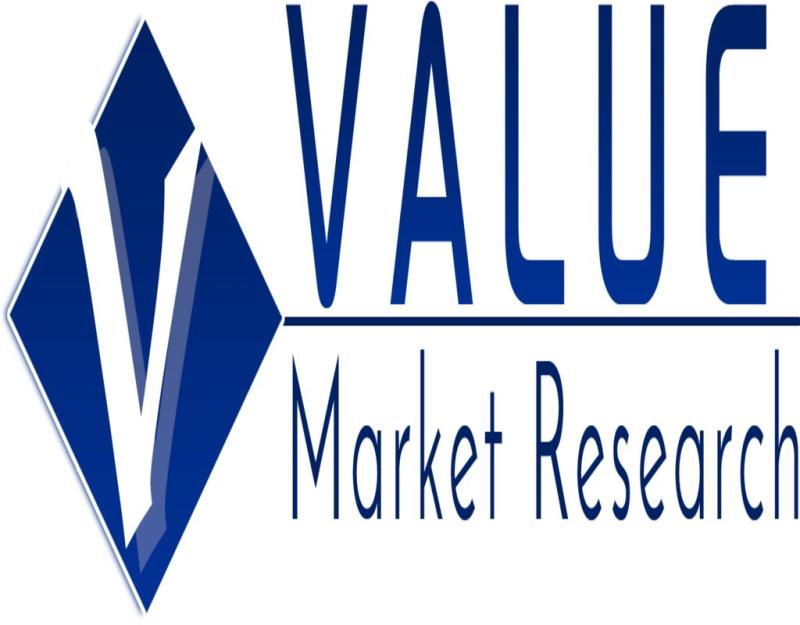Driving the Future: Growth Projections for Petroleum Refining Hydrogen Generation Market
Key Ideas
- The global Petroleum Refining Hydrogen Generation Market is forecasted to reach USD 116.55 billion by 2032, with a CAGR of 7.21% from 2024 to 2032, driven by the industry's focus on reducing carbon footprint.
- Hydrogen plays a crucial role in desulfurization and refining processes to produce cleaner fuels, leading to significant investments in advanced hydrogen production technologies.
- Technological advancements, a shift towards cleaner energy sources, and a focus on sustainability are key drivers for market expansion in the petroleum refining sector.
- Market segmentation by delivery mode, process, and region provides insights into the evolving landscape of hydrogen generation in petroleum refining, with a notable emphasis on green hydrogen initiatives.
The global demand for the Petroleum Refining Hydrogen Generation Market is poised for substantial growth, with projections indicating a market size of nearly USD 116.55 billion by 2032, showing a significant increase from USD 62.29 billion in 2023. This growth is attributed to a compound annual growth rate (CAGR) of 7.21% from 2024 to 2032, highlighting the increasing significance of hydrogen in refining processes. The industry's efforts to reduce its carbon footprint and adhere to strict environmental regulations have further elevated the importance of hydrogen, particularly in desulfurization and other refining operations. Advancements in hydrogen production technologies and a shift towards cleaner energy sources are expected to be pivotal in driving the expansion of the market. The market is characterized by rapid evolution, marked by technological advancements, changing production strategies, and a strong focus on sustainability. Investments in hydrogen technologies are set to play a critical role in shaping the future landscape of the industry as refineries strive to produce cleaner fuels and reduce carbon footprints. The market segmentation by delivery mode, process, and region provides valuable insights into the dynamic market, highlighting key trends, regional variations, and future growth projections. The report emphasizes the essential role of hydrogen in petroleum refining, especially in hydrocracking and desulfurization to enhance fuel cleanliness. Various hydrogen generation methods such as steam reforming, electrolysis, and emerging technologies are explored, showcasing how the choice of generation process impacts refining efficiency and sustainability. Notable trends driving market growth include stringent environmental regulations, technological advancements in hydrogen production, a shift towards captive hydrogen production, and growing investments in green hydrogen powered by renewable sources. The market segmentation by delivery mode distinguishes between on-site captive production and merchant supply, while processes like steam reforming and electrolysis offer different efficiency and sustainability profiles. Regional insights highlight the leading roles of North America, Europe, and Asia-Pacific in driving market growth, each influenced by factors like regulatory frameworks, sustainability focus, and government initiatives. With a strong outlook for robust growth and a focus on sustainability, the global market for hydrogen generation in petroleum refining is expected to experience significant advancements and expansion in the coming years.
Topics
Electrolyzer
Sustainability
Technology Advancements
Refining Industry
Regional Insights
Market Growth
Environmental Regulations
Future Outlook
Investment Trends
Latest News
